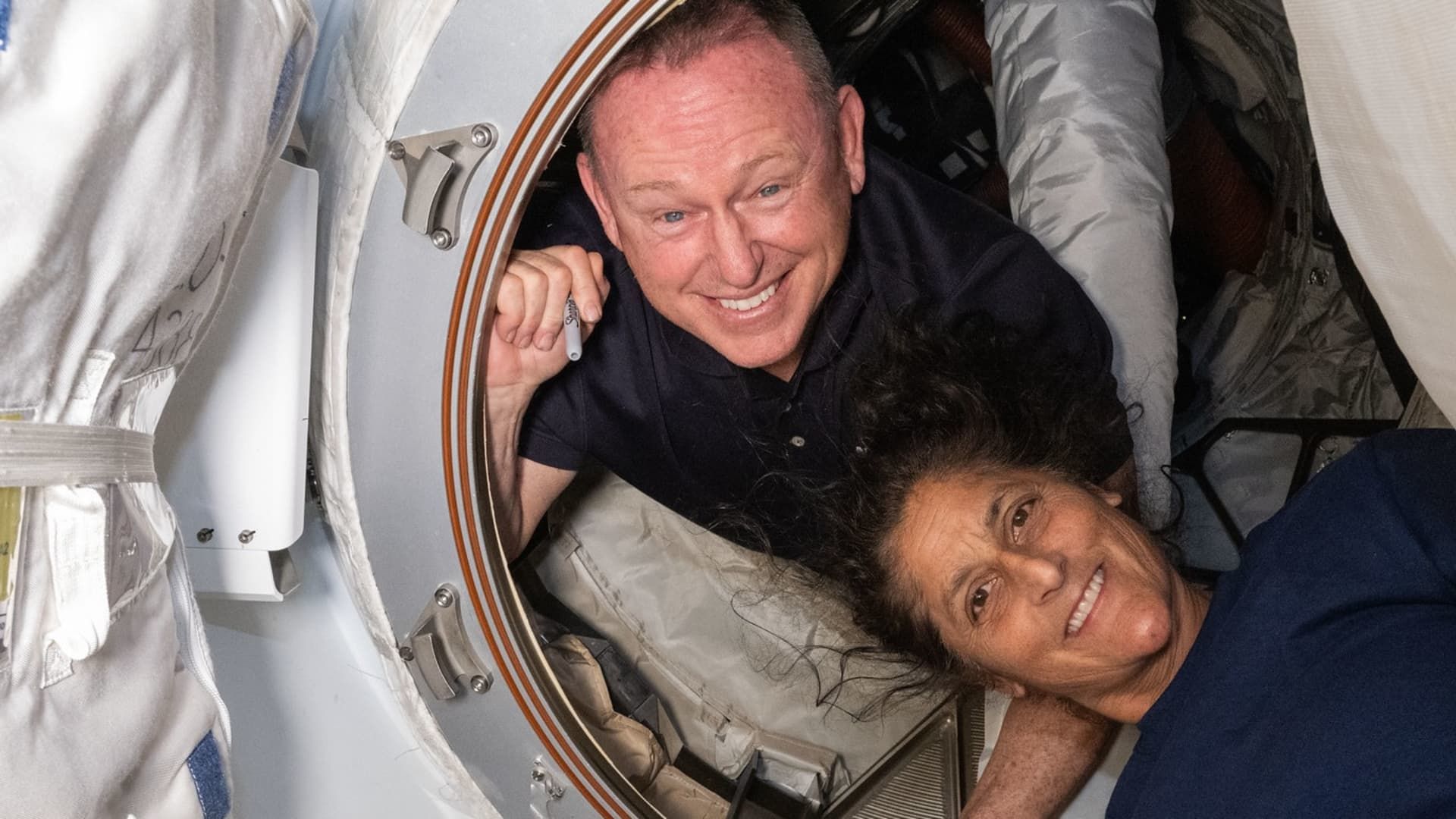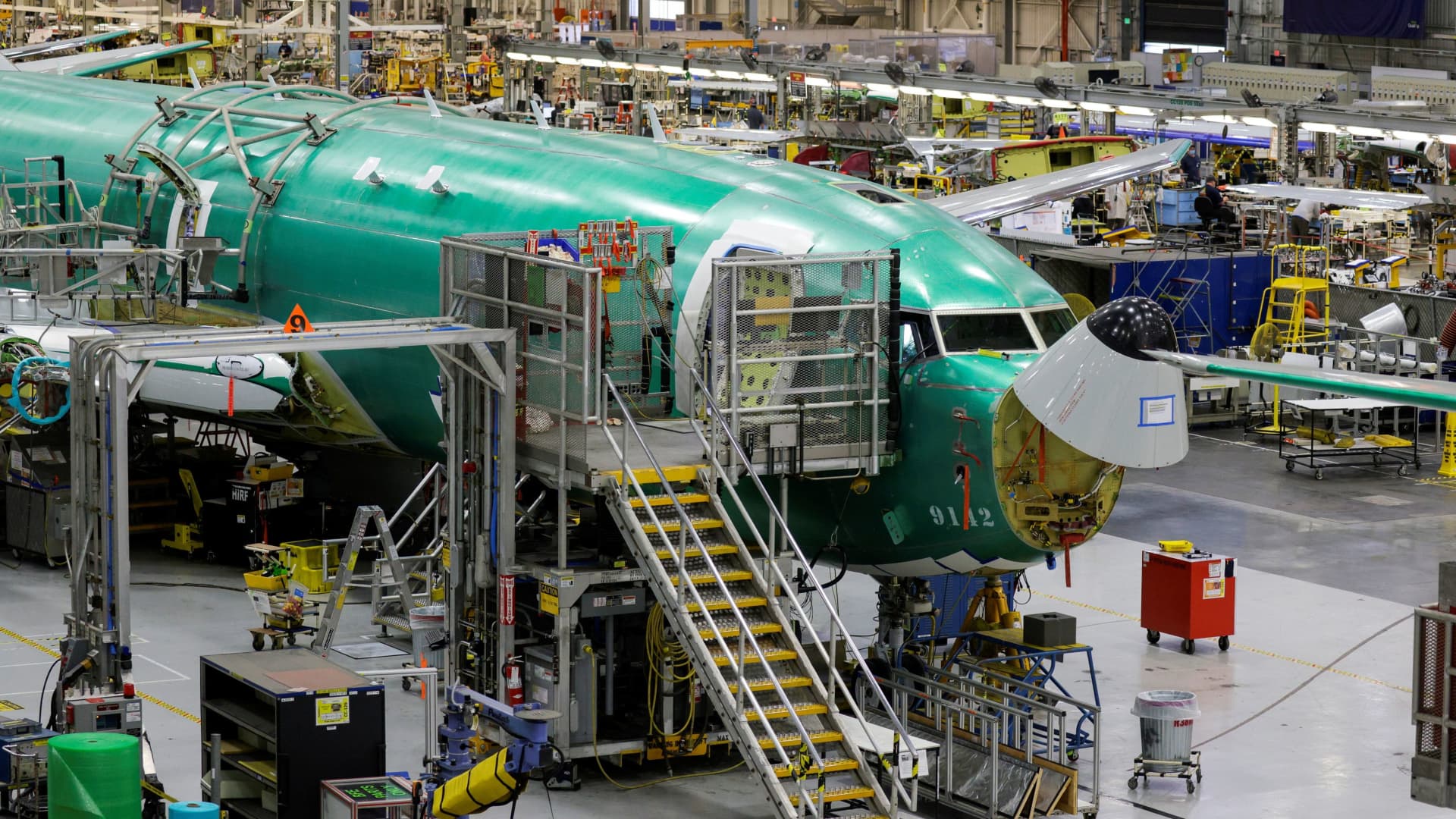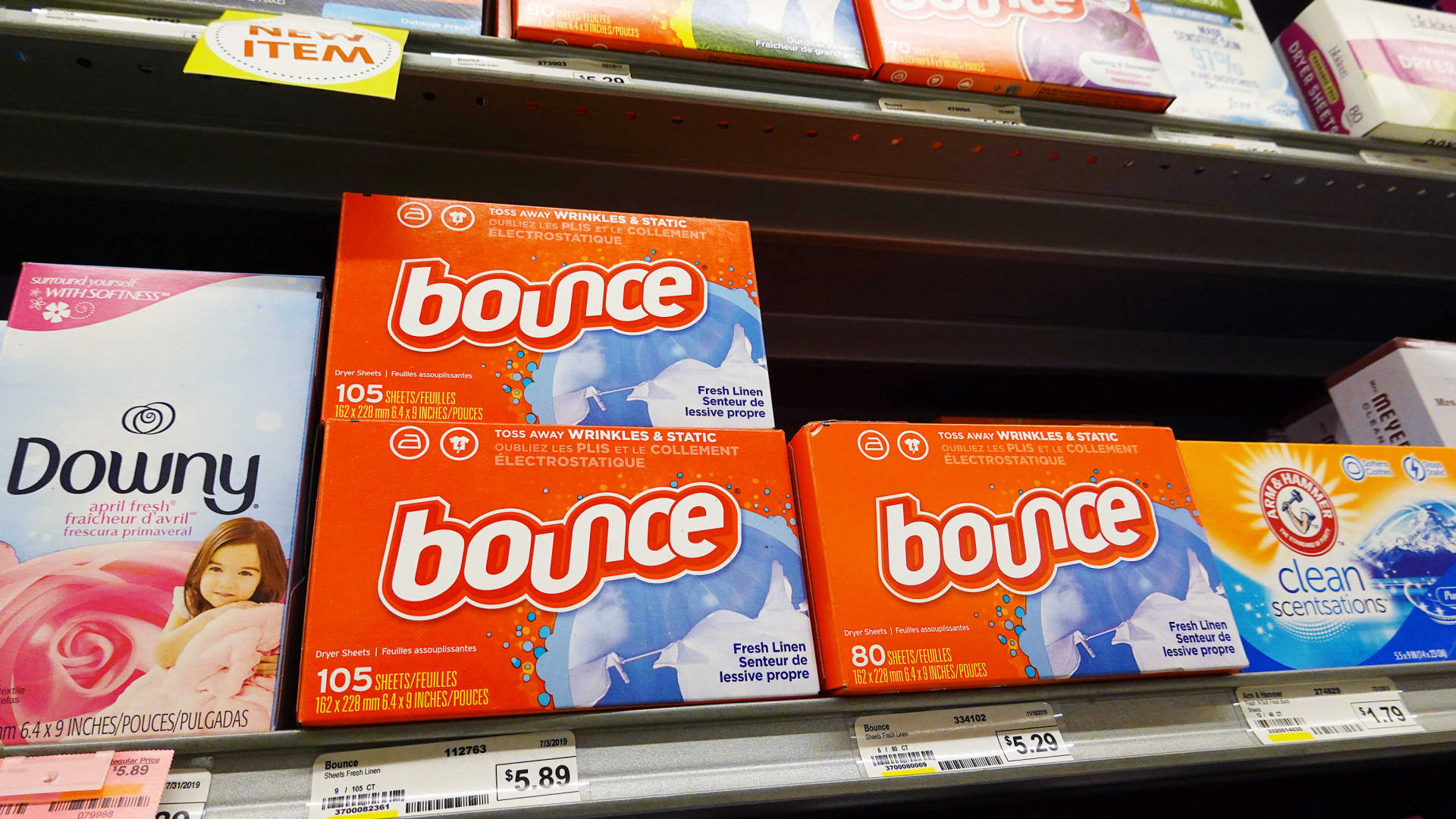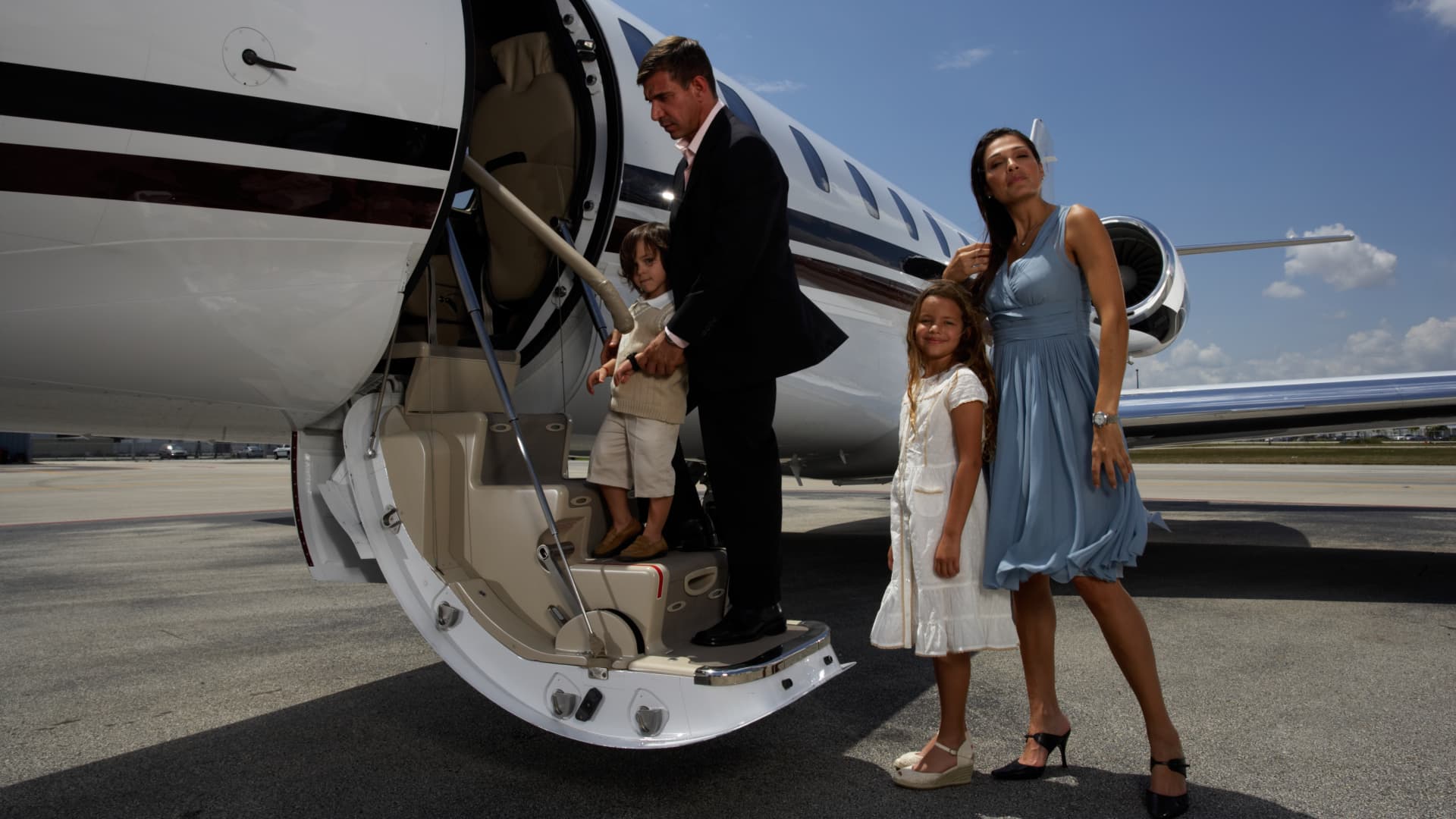NASA astronauts Butch Wilmore, left, and Suni Williams pose inside the hatch connecting Boeing's Starliner to the International Space Station.
POT
Boeing will return its Starliner capsule from the International Space Station without the NASA astronauts it brought into orbit in early June, the agency announced Saturday.
Now that Starliner is returning empty to Earth, NASA will be returning astronauts Butch Wilmore and Suni Williams via SpaceX's Dragon spacecraft, which is expected to launch its ninth regular mission to the ISS for the agency on Sept. 24.
Ultimately, Wilmore and Williams will remain on the ISS for about six more months before returning home in February on SpaceX's Crew-9 vehicle. The test flight was originally planned to last about nine days.
The decision to bring Starliner back from the empty ISS marks a dramatic shift for NASA and Boeing, as the organizations had previously maintained that the capsule was the primary option for crew return.
But Starliner's crew flight test, which had been seen as the last major milestone in the spacecraft's development, faced problems, especially with its propulsion system.
“Boeing has worked very hard with NASA to obtain the data necessary to make this decision,” NASA Administrator Bill Nelson said during a press conference with senior NASA officials at the Johnson Space Center in Houston on Saturday. “We want to better understand the root causes and understand the design improvements so that the Boeing Starliner can serve as an important part of our safe crew access to the ISS.”
He reiterated that test flights “are neither safe nor routine” and that the decision was the “result of a commitment to safety.”
NASA will now conduct another phase of its Flight Readiness Review to determine when to bring the empty Starliner home.
Boeing's Starliner spacecraft is shown docked with the International Space Station in orbit above Egypt's Mediterranean coast on June 13, 2024.
POT
Boeing officials had been adamant in news conferences that Starliner was safe for astronauts to return home on in the event of an emergency, despite delaying the return several times. NASA said there was a “technical disagreement” between the agency and the aerospace company, and said it assessed the risk differently than Boeing for the return of its crew.
NASA officials have repeatedly expressed support for Boeing, however, and Nelson said he was “100% confident” that Starliner could launch again with crew one day.
“We continue to focus, first and foremost, on the safety of the crew and the spacecraft,” Boeing said in a statement posted on X on Saturday. “We are executing the mission as determined by NASA and are preparing the spacecraft for a safe and successful uncrewed return.”
NASA Associate Administrator Ken Bowersox said NASA officials were unanimous in their decision to choose SpaceX to bring the crew home.
SpaceX, meanwhile, will carry two astronauts on its Crew-9 vehicle, instead of the four originally planned, to make room for Wilmore and Williams.
“SpaceX stands ready to support @NASA in any way we can,” SpaceX president and COO Gwynne Shotwell responded in a post on NASA's social media.
Boeing's Starliner “Calypso” capsule has been at the International Space Station since early June on a mission that NASA extended indefinitely while the agency and the company tried to identify why several of the spacecraft's thrusters failed during docking.
Those thrusters, which are part of the spacecraft's propulsion system, are critical to Starliner's safe return from the International Space Station. NASA said Saturday that the thrusters were a persistent problem.
The Starliner crew flight test was supposed to be a final step for Boeing and a key asset for NASA. The agency hoped to fulfill its dream of having two competing companies (Boeing and Elon Musk's SpaceX) flying alternating missions to the ISS.
Instead, the flight test is further delaying Boeing's progress on NASA's commercial crew program and, with more than $1.5 billion in losses already absorbed, threatening the company's future involvement in the program.










